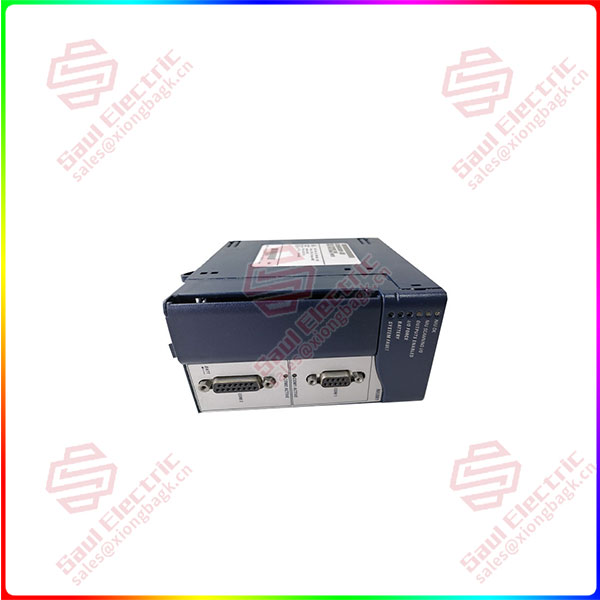What is PLM product lifecycle management really about?
PLM is a strategic business model that uses a consistent set of business solutions to support the creation, management, distribution and use of product information across the enterprise and throughout the product lifecycle (from concept to end of lifecycle), integrating many elements such as process and information.
1. Product design stage
In the product design stage, PLM can realize rapid product design and customization by establishing product structure, Bill of Materials (BOM) and other information models. Through the PLM system, enterprises can manage different versions of products, achieve product traceability and change control, and effectively improve the efficiency and quality of product design. In addition, the PLM system can also be integrated with CAD, CAM, CAE and other software to achieve the integration of product design and manufacturing, thereby improving the production efficiency and competitiveness of enterprises.

IC695NIU001-ADAD
2. Product manufacturing stage
In the product manufacturing stage, PLM can realize the comprehensive control and management of the production process through production management, material management, process management and other modules. Through the PLM system, enterprises can monitor and control all aspects of the production process in real time, find and solve problems in time, and improve production efficiency and quality. In addition, the PLM system can also be integrated with ERP, MES and other systems to achieve the coordination and management of production, sales, logistics and other links, so as to improve the overall competitiveness of enterprises.
3. Product sales stage
In the product sales stage, PLM can realize the comprehensive Management and analysis of Customer needs through the Customer Relationship Management (CRM) module. Through the PLM system, enterprises can monitor and analyze customer feedback and demand in real time, adjust product design and manufacturing in time, and improve product satisfaction and market share. In addition, the PLM system can also realize the comprehensive control and management of the sales process through the sales forecast, order management and other modules to improve sales efficiency and customer satisfaction.
4. Product service stage
In the product service stage, PLM can realize the comprehensive management and coordination of products and services through after-sales service, maintenance management, maintenance management and other modules. Through the PLM system, enterprises can monitor and respond to customers’ service needs in real time, provide timely and efficient after-sales service, and improve customer satisfaction and loyalty. In addition, the PLM system can also extend the service life of products through product repair and maintenance management, improve the added value of products and market competitiveness.
 1 Year Warranty
1 Year Warranty





